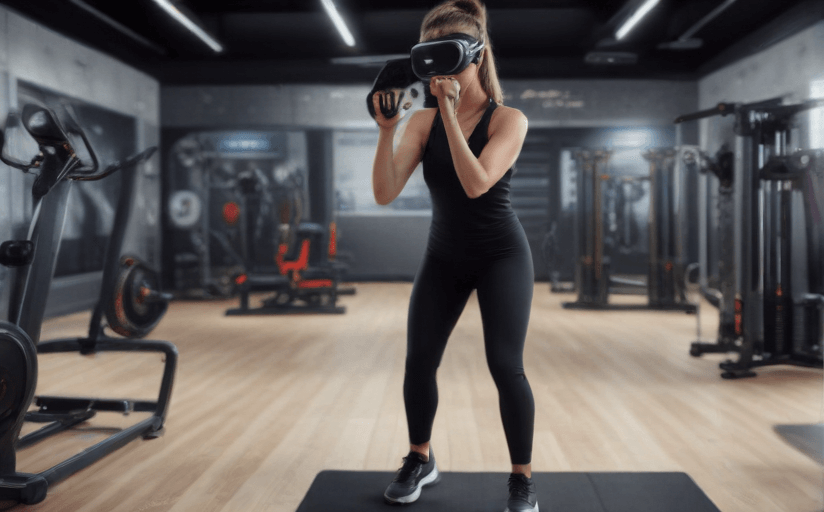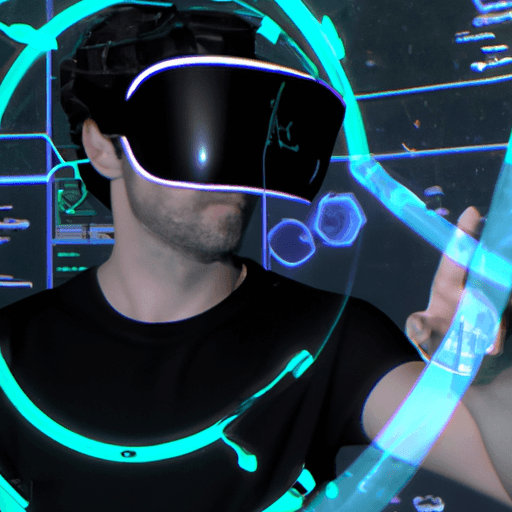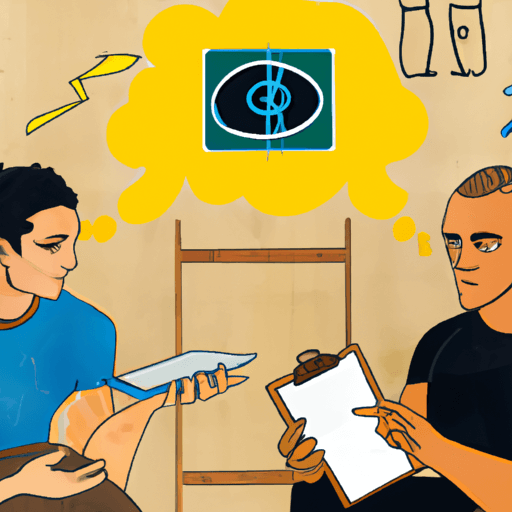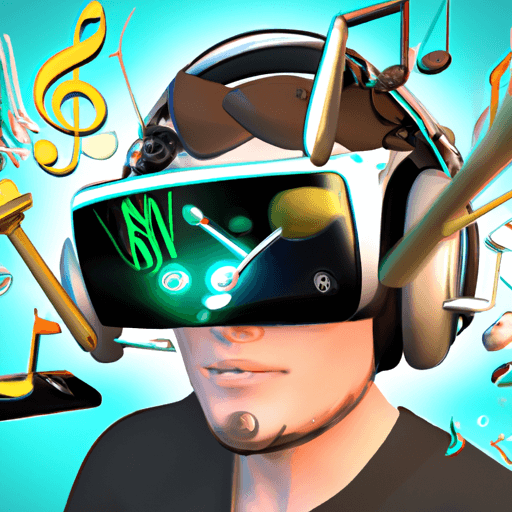The Emerging Functionality of Virtual Reality in Improving Sports Training and Redefining Fitness Routines
Virtual reality (VR) is rapidly changing the nature of sports and fitness training environments. VR technology has massive potential to improve training and redefine our fitness routines. This article aims to shed light on this innovative technology and how it is transforming the sports and fitness industry.
The Significance of Virtual Reality in Sports Training and Fitness
The core benefit of virtual reality in sports training is its ability to mimic real-world situations in a controlled environment. It presents athletes with different scenarios to enhance their performance while minimizing physical risk. Similarly, in fitness training, VR has enabled challenging workouts to be fun and engaging, thereby encouraging a healthy lifestyle.
Specific Sports and VR
Various sports have incorporated VR technology to optimize training. For instance, in football, coaches use VR to simulate in-game situations, allowing players to practice strategies and playmaking decisions. Likewise, golf players use VR for swing analysis and adjustment to improve their game. Boxing and other combat sports utilize VR in practicing reflexes, timing, and precision.
Changing Training Approaches and Techniques
Virtual reality has transformed the traditional methods of training. Athletes can now practice specific skills like shooting or goalkeeping in soccer numerous times within a short span using VR, which would otherwise take hours on the training ground. Moreover, virtual fitness programs offer a variety of workouts in engaging environments, promoting increased exercise frequency and consistency.
Limitations and Future Opportunities
Currently, the primary limitation of VR technology is the high cost, making it inaccessible for many amateur athletes or smaller sports clubs. Another potential drawback is the need for space, which can be a challenge in smaller training gyms or homes. However, the future for VR in sports training and fitness is very promising with an expected increase in development of compact, cost-effective devices. Additionally, advancements in haptic feedback could provide more realistic and effective training experiences.
In conclusion, as virtual reality continues to evolve, its application in sports training and fitness is inevitable. While there are still practical issues to be addressed, its potential to revolutionize the field remains immense.



















Comments
Leave a Comment